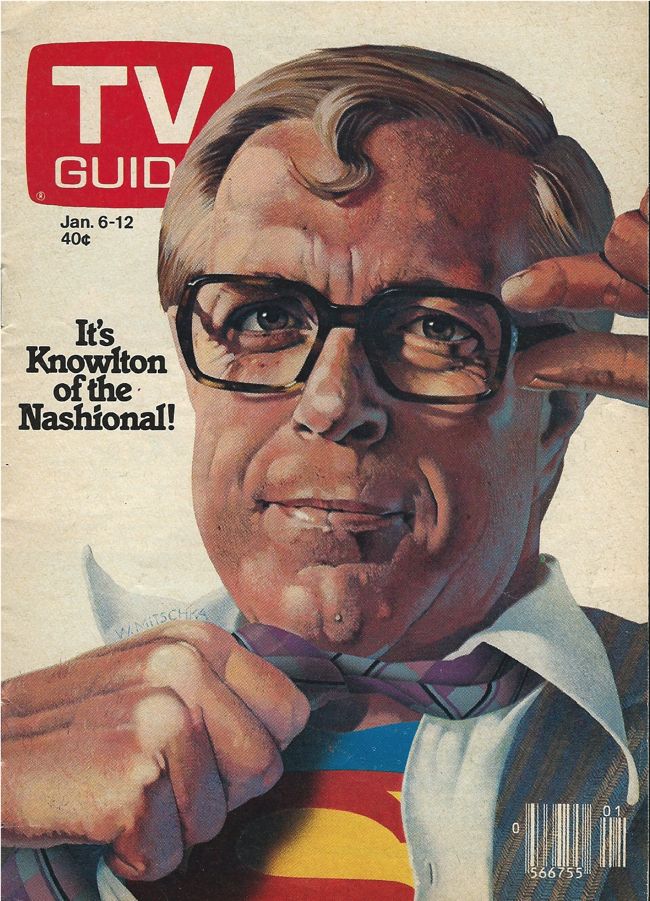From: Keith Tarasoff, Canora, Saskatchewan, August 20, 2014
In the Thursday August 14, 2014 issue of the Kamsack Times on page 13, there is an article : ‘Discovery of unusual hooded garment at Pelly museum leads to research of Ku Klux Klan activities in Saskatchewan.’
To my knowledge this garment was worn by Doukhobors to keep warm, and had nothing to do with the type of hood garment worn by the KKK.
As we at the National Doukhobor Heritage Village in Verigin, Saskatchewan, believe the article was written with a reference in error to the real truth. We want to set the record straight. We are asking for your reaction to the article. Any insight would be helpful.
Answer
You are correct Keith. The newspaper shows a Russian hood, called bashlyk (башлык), made by our Doukhobor ancestors. These were common in Imperial Russia.
Maureen Stefaniuk, the museum’s summer attendant, should retract any connection between their display and Ku Klux Klan in Saskatchewan. Canadians have been falsely selling Freedomites as Doukhobors for more than a century, now they are falsely displaying a Doukhobor garment as KKK.
Here are comparisons of 3 Russian-made bashliki with one of current fashion.
In the Thursday August 14, 2014 issue of the Kamsack Times on page 13, there is an article : ‘Discovery of unusual hooded garment at Pelly museum leads to research of Ku Klux Klan activities in Saskatchewan.’
To my knowledge this garment was worn by Doukhobors to keep warm, and had nothing to do with the type of hood garment worn by the KKK.
As we at the National Doukhobor Heritage Village in Verigin, Saskatchewan, believe the article was written with a reference in error to the real truth. We want to set the record straight. We are asking for your reaction to the article. Any insight would be helpful.
Answer
You are correct Keith. The newspaper shows a Russian hood, called bashlyk (башлык), made by our Doukhobor ancestors. These were common in Imperial Russia.
Maureen Stefaniuk, the museum’s summer attendant, should retract any connection between their display and Ku Klux Klan in Saskatchewan. Canadians have been falsely selling Freedomites as Doukhobors for more than a century, now they are falsely displaying a Doukhobor garment as KKK.
Here are comparisons of 3 Russian-made bashliki with one of current fashion.
- Fort Pelly-Livingstone Museum exhibit, published in Kamsack Times.
- Photo of a Doukhobor bashlyk by William Perehudoff, 'Costumes and Handicrafts in Color,'Pictorial History of the Doukhobors (1969), page 253.
- Photo of bashlyk displayed online at National Sholokhov Museum-Reserve, Veshenskaya, Rostov Region, Russian Federation.
- Typical hood-hat-scarf-gloves garment sold online and in many stores.
Fur trapper hats are somewhat similar and more common.
Doukhobor bashlyki are on display at the Doukhobor Discovery Centre in Castlegar, British Columbia; and at the National Doukhobor Heritage Village in Verigin, Saskatchewan. The Fort Pelly-Livingstone Museum can confirm their garment with these 2 museums.
Doukhobor bashlyki are on display at the Doukhobor Discovery Centre in Castlegar, British Columbia; and at the National Doukhobor Heritage Village in Verigin, Saskatchewan. The Fort Pelly-Livingstone Museum can confirm their garment with these 2 museums.
Russian websites show many examples and instructions for making them. Modern English names and styles for this scarf-hat-hood garment vary. Many have animal heads and ears. Sometimes they are mislabeled “snood” — a hair net, which is not a contraction of “scarf-hood.”
Among non-Doukhobor Spiritual Christians from Russia in the USA (Dukh-i-zhizniki, Molokane), their women's' head covering for religious meetings which they call kosinka (triangle), evolved from a scarf of solid fabric to lace cut in a snood-style pattern.
More: Questions and Answers, Comments
Among non-Doukhobor Spiritual Christians from Russia in the USA (Dukh-i-zhizniki, Molokane), their women's' head covering for religious meetings which they call kosinka (triangle), evolved from a scarf of solid fabric to lace cut in a snood-style pattern.
More: Questions and Answers, Comments


















